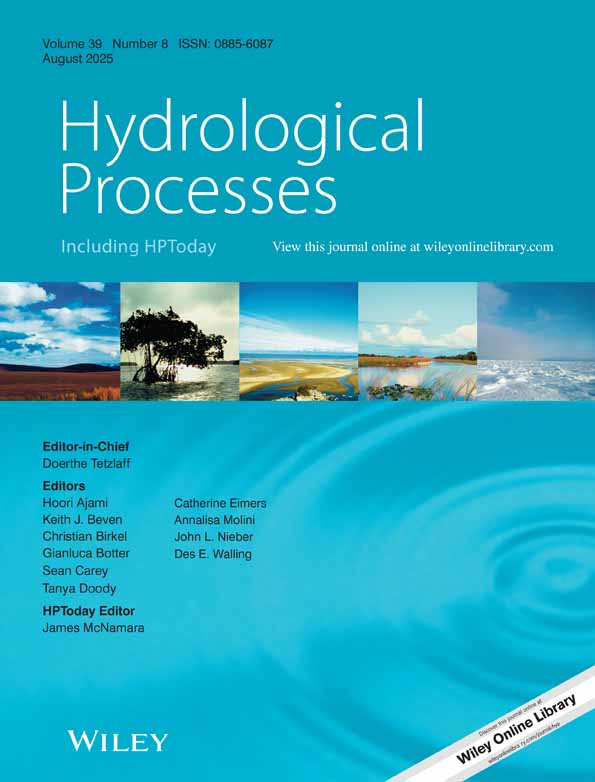Study on the hydrological conditions for the conservation of the nesting habitat of the Red-crowned Crane in Xianghai Wetlands, China
Abstract
The hydrological condition of the Xianghai National Natural Reserve (XNNR) in China was studied in relation to the conservation of the breeding habitat of the Red-crowned crane, an endangered waterfowl species. In recent years, the condition of the cranes' habitat in XNNR has deteriorated due to shrinking of the wetlands caused by the increase of uncontrolled intake of river water. Because XNNR is located in a remote rural area, the condition of the cranes' habitat was not surveyed in detail, therefore, basic information about the wetlands such as, topographic and hydrological data were not fully available. As a result, a large amount of time is required to frame a detailed plan for the allocation of water resources for the conservation of the cranes. In order to progress, the ‘precautionary approach’ must be applied even without full scientific certainty (The Ramsar Convention on Wetlands, Resolution VIII.1, 2002), based on the information available at present, and in order to reach an agreement among stakeholders. For this purpose, the study took the following four steps. Firstly, field observations conducted over a period of seven years clarified that reed communities surrounded by a shallow water body were the favourable conditions for nesting. Secondly, Landsat-TM data analysis showed that the number of nests became stable when the reed area developed to some extent, and also that the reed area has a high correlation with the total water area in the XNNR. Thirdly, the variation of the total water area over 20 years were estimated from 143 analog images of Landsat data and its correlations with some basic hydrological factors were obtained by regression analyses. The final step involved combining the above mentioned results, which was then used to develop a practical guideline for the use of river water by the local community that is balanced with the conservation of the Red-crowned cranes. Copyright © 2008 John Wiley & Sons, Ltd.




